At first glance, the topline inflation figures of The Grocer Price Index (GPI) suggest nothing much happened between July and August - average inflation across the big four was 1.8% in August, just a fraction higher than in July, when annual inflation rates came crashing down from 3% to 1.6% [BrandView.co.uk].
But look a little closer, and it turns out under pressure Morrisons has almost single-handedly kept the average annual inflation rate across the major mults in check.
With the Bradford supermarket chain growing far more slowly than its rivals, it rolled out a new personalised voucher scheme to encourage shopper loyalty in August. But it also slashed prices by 2% month-on-month, dragging its year-on-year inflation rate below zero, to -1.6%.
By contrast, the other three big supermarkets all increased their prices in August, and their year-on-year inflation rates were well into positive territory. Tesco increased its prices the most, by 1% month-on-month, and it also had the highest inflation figure, of 3.1%.
Meanwhile, prices at Asda and Sainsbury’s edged up by 0.7% and 0.6% respectively between July and August, and annual price inflation was 3% at Asda and 2.5% at Sainsbury’s.
At Waitrose, meanwhile, inflation was lower, at 1%, following all the work the retailer had done on price earlier in the year, including the extension of Brand Price Match with Tesco to all branded groceries in May.
Although annual inflation rates remain relatively modest overall, the retailers are facing renewed concerns about commodity costs, fed mainly by the current drought in the US Midwest as well as a poor growing season for grains in Russia and the Black Sea region. Maize and wheat prices have already soared in response, and sustained increases could reverse the downward trend in retail prices caused by commodity price drops at the start of the year.
For now, annual inflation rates vary dramatically between different categories. Across the big four, year-on-year inflation was negative in two of the 15 categories covered by the GPI - deli and household products.
At the same time, soft drinks prices across the same supermarkets were 10% higher than last year, and baby and frozen food prices were 6% higher than in August 2011.
Month-on-month, there were price increases in two-thirds of the GPI categories. The biggest increases were a 7% hike on deli products and a 2.6% jump in biscuit, confectionery and snack prices.
The biggest price drops - of 1.4% and 1.3% respectively - were in frozen food, and meat, fish & poultry.
Wholesale prices 1 September 2012: eggs and dairy
Nine months into the EU-wide battery cage ban, egg products still dominate the upper part of our dairy and egg tracker.
UK shell eggs lead the way in year-on-year increases - at £1,436.8/t they are 58.7% more expensive than last year - but prices have started to mellow compared with earlier months. Shell eggs are down 10% over the past month and EU egg yolk powder is 3.1% cheaper, while prices for liquid egg white and processing eggs - although still climbing - are showing single-digit rather than the sharp double-digit increases of previous months.
In dairy, prices have tumbled over the past year but have recently begun recovering. UK milk and Cheddar stabilised this month (although both remain cheaper year-on-year).
Meanwhile, whey and butter have done well at Dutch auctions, raising hopes of a recovery in dairy commodities. EU whey powder is now 8.3% up year-on-year, but UK butter remains down 37.9%.







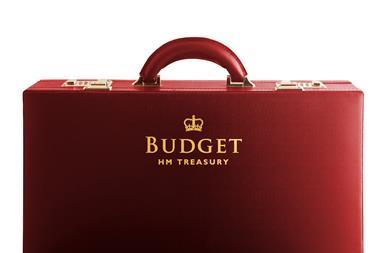

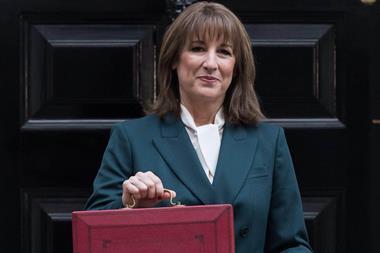
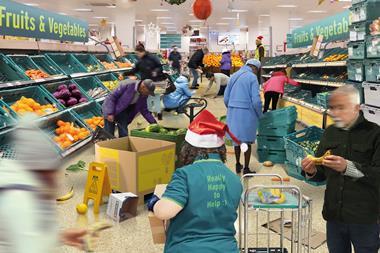

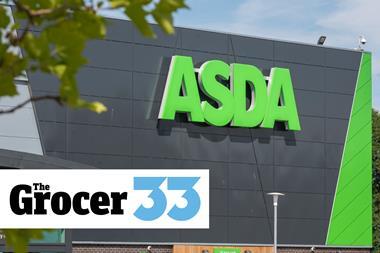
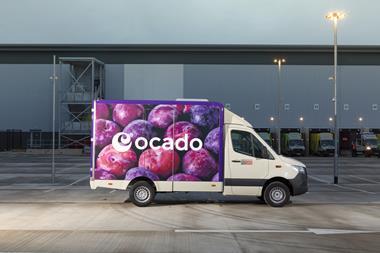

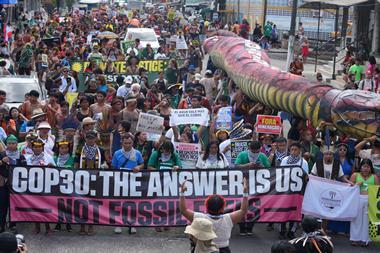



No comments yet